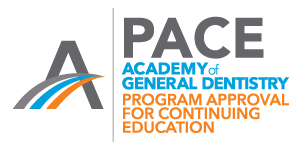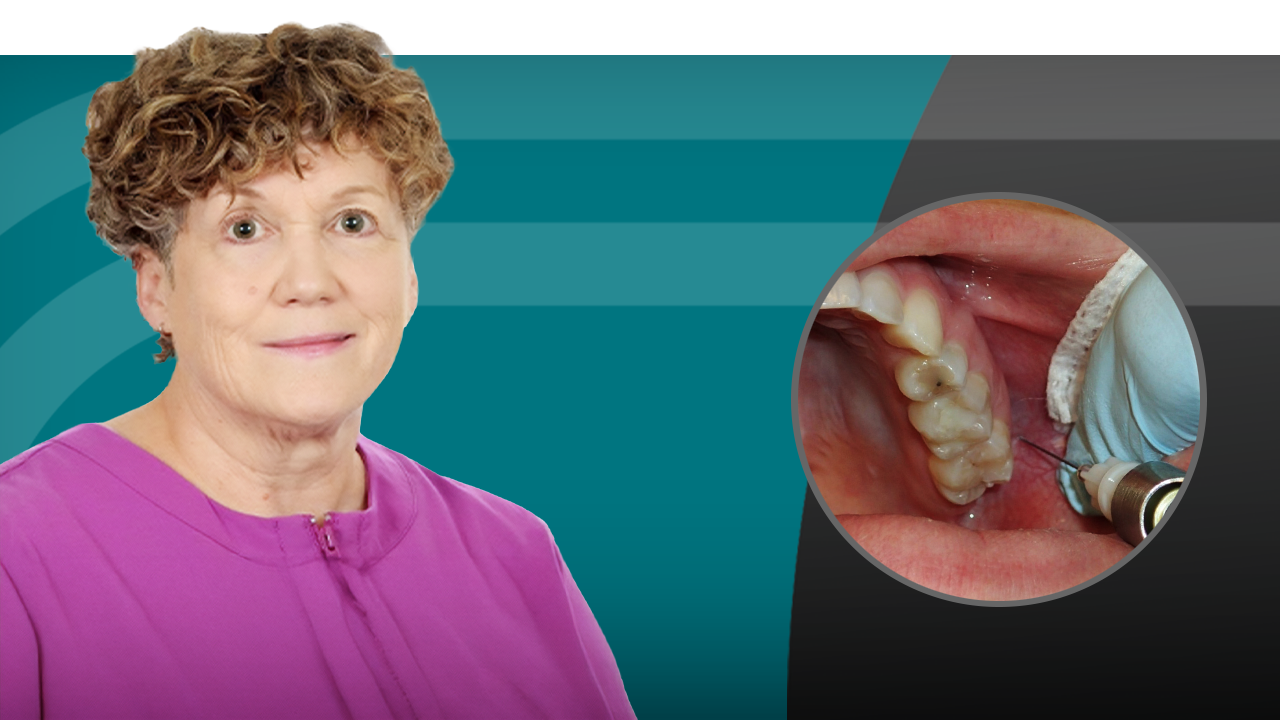- Understand anatomical features of the maxilla and pterygopalatine fossa that promote effective anesthesinferior alveolar.
- Compare and contrast features of infiltration versus block techniques in the maxilla.
- Identify landmarks and anatomy for AMSA and Maxillary V2 nerve blocks.
Success with Local Anesthesia: Maxillary Arch Techniques
Course Objectives
1 CE Credit
This course outlines three key topics related to dental anesthesia. First, it explores the anatomical features of the maxilla and pterygopalatine fossa that facilitate effective inferior alveolar anesthesia. Second, it compares and contrasts the infiltration and block techniques used in the maxilla, highlighting their respective advantages and limitations. Lastly, it identifies the critical landmarks and anatomical structures necessary for performing Anterior Middle Superior Alveolar (AMSA) and Maxillary V2 nerve blocks, providing a comprehensive guide for dental professionals.
Learning Objectives
Recognition & Approval

Glidewell Education Center
Nationally Approved PACE Provider for FAGD/MAGD credit
Approval does not imply acceptance by any regulatory authority, or AGD endorsement. 3/1/2024 to 2/29/2028.
Provider ID# 216789
-
 Online CE CourseNext-Level Chairside Esthetics: Customizing Restorations with Stain, Glaze, and Finishing TechniquesIn this course, Dr. Justin Chi demonstrates how to elevate chairside restorations using advanced staining, glazing, and finishing techniques for monolithic restorations.
Online CE CourseNext-Level Chairside Esthetics: Customizing Restorations with Stain, Glaze, and Finishing TechniquesIn this course, Dr. Justin Chi demonstrates how to elevate chairside restorations using advanced staining, glazing, and finishing techniques for monolithic restorations. -
 Online CE CourseEsthetic Veneer Preparations: From No Prep to Full PrepIn this course, Dr. Danielle Brown provides a practical overview of veneer preparation techniques from no-prep, minimal-prep and traditional-prep veneers with step-by-step protocols.
Online CE CourseEsthetic Veneer Preparations: From No Prep to Full PrepIn this course, Dr. Danielle Brown provides a practical overview of veneer preparation techniques from no-prep, minimal-prep and traditional-prep veneers with step-by-step protocols. -
 Online CE CourseBonding and Temporizing Protocols: Tips for VeneersIn this course Dr. Danielle Brown offers practical guidance on veneer temporization and bonding techniques to improve patient comfort and clinical outcomes.
Online CE CourseBonding and Temporizing Protocols: Tips for VeneersIn this course Dr. Danielle Brown offers practical guidance on veneer temporization and bonding techniques to improve patient comfort and clinical outcomes.




